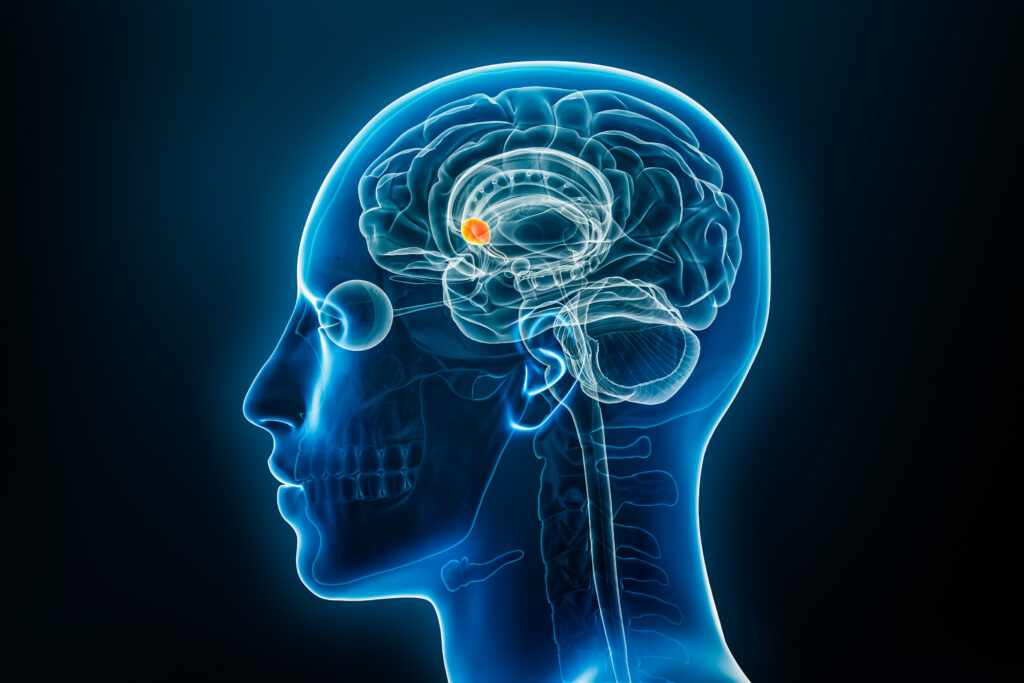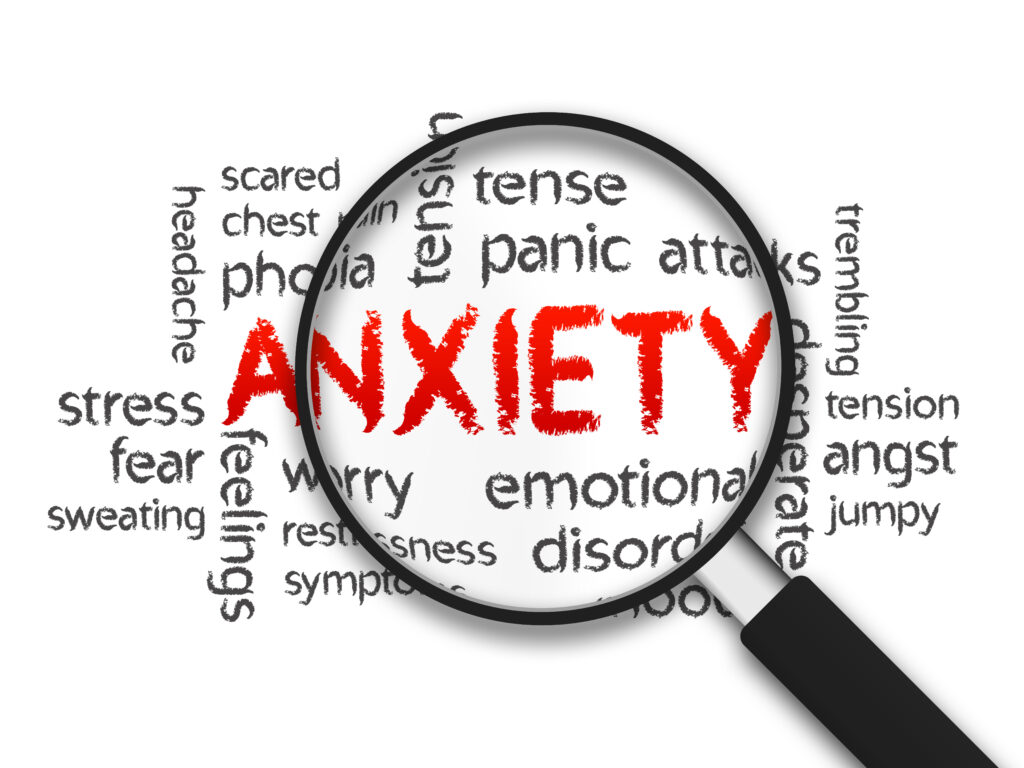Dopamine addiction: How worried should you really be?

Dopamine Complex Role in Addiction
Dopamine plays a complex and often misunderstood role in substance addiction and behavioral dependencies. The concept of “dopamine addiction” has entered popular vocabulary to describe compulsive overindulgence in pleasurable stimuli like technology, phone use, social media or unhealthy foods. However, concrete evidence specifically demonstrating “dopamine addiction” as distinct from drug dependence remains scientifically limited overall, though further research into behavioral addictions involving dopamine is undoubtedly warranted.
What is Dopamine Addiction?
The theory behind “dopamine addiction” proposes that habitually overloading the brain’s natural reward pathways with extremely pleasurable stimuli can potentially damage motivation signaling over time. Specifically, regularly seeking intense bursts of the feel-good neurotransmitter dopamine has been hypothesized to progressively “hijack” dopamine neurons. This possibly dulls the sensitivity to triggering rewarding sensations from everyday activities. Behaviors like problem gaming, compulsive eating of hyper-palatable foods, constant social media use seeking external validation or even falling intensely infatuated romantic love demonstrate concerning parallel addiction mechanisms affecting the brain on some levels.
Inside the Addicted Brain
While obsessive behavioral patterns show crucial differences from severe drug addiction in the brain neurologically, the chronic and truly excessive abuse of physically addictive substances over time can induce extreme, often permanent changes across delicate dopamine signaling pathways and closely interconnecting neural networks. Extended overstimulation of dopamine receptors by habit-forming drugs essentially overrides the brain’s built-in satiety signals, transforming initially impulsive enjoyment into patterns of uncontrolled, self-destructive craving and compulsion in vulnerable individuals. This develops despite accumulating and profoundly detrimental health and life consequences.
Unfortunately for those in the grips of full addiction, successfully restoring balanced, steady baseline dopamine neurotransmission after this type of dopamine dysregulation emerges often requires long periods of abstinence, intensive inpatient care, evidence-based therapies, and intentionally building intrinsically rewarding experiences in life to provide healthy alternative dopamine sources.
Genetics and Vulnerability
While dopamine signaling and reward pathways play a key role, genetics significantly influence addiction vulnerability. Research shows 40-60% of individual differences in susceptibility stems from hereditary factors. Certain gene variants regulating dopamine receptors, transporters, and enzymes alter signaling efficiency, increasing risks. Understanding these biological vulnerabilities provides context on the condition’s development beyond conscious control alone.

Dopamine’s Diverse Roles Beyond Reward
Rather than an innate “evil” molecule, dopamine serves numerous vital physiological roles across domains, including:
- Cognition
- Voluntary movement
- Emotional experience
- Short-term memory formation
- Planning and waiting for predicted rewards
- Controlling eye movements
- Sleep cycles
- General mood stability
- Fine motor control
- Facilitating the release of hormones like prolactin and growth hormone, among various other essential CNS and PNS regulatory functions.
Considering the incredibly diverse and complex baseline functions that involve dopamine signaling throughout the human body, blaming everyday troubles like distraction or lack of motivation as solely stemming from dopamine imbalance represents an overly-simplistic, inaccurate and stigmatizing view according to scientific evidence.
Those struggling with some form of clinical addiction often genuinely stand to benefit most not from condemnation over a perceived “dopamine addiction,” but potentially more from empathy, validation, nuanced understanding of this brain disease’s drives, as well as prolonged, structured support when available.
Environmental Dopamine Triggers
Modern environments inundate our reward circuitry with supernormal dopamine stimulation sources. Hyperpalatable processed foods, social media, online content streams tailored to our interests, smartphone alerts… Our ancestors never battled this intensity of enticing dopamine triggers. While personal responsibility matters, we cannot discount these ubiquitous external factors sabotaging self-control capacities.
Myths and Facts About Dopamine
Myth: Dopamine itself is addictive.
Fact: You cannot directly become addicted to the dopamine neurotransmitter. Rather, addiction refers to compulsive behaviors and substance use that stimulate dopamine release.
Myth: Dopamine simply creates feelings of pleasure or euphoria.
Fact: Dopamine drives motivation and reinforces enjoyable behaviors rather than directly causing pleasure or euphoria. It links activities to strong rewards and desires to repeat them.
Myth: Dopamine addiction is a made-up concept.
Fact: While terminology can vary, compelling evidence shows chronic overstimulation of dopamine signaling pathways contributes to multiple documented addictive behaviors and disorders.
Myth: Dopamine addiction is untreatable.
Fact: Though challenging, dopamine addiction involving both behavioral and substance-based addictions has been shown to be manageable. Effective treatment focuses on restoring balance to dopamine pathways and brains reward centers through combinations of therapy and lifestyle changes.
Myth: Blocking dopamine stops addiction instantly.
Fact: Since dopamine has many complex roles beyond addiction, simply blocking its action does not rapidly reverse addictive behaviors. Appropriate care involves gradually stabilizing multiple neural systems disrupted in addiction through customized treatment plans.
Expert Opinions
Stanford University’s Dr. Anna Lembke has over 25 years of experience treating a wide spectrum of addictions. As chief of Stanford’s dual diagnosis addiction clinic, Dr. Lembke encounters excessive natural and synthetic reward-seeking behaviors daily. In her view, the current scale of society’s obsession with finding the next dopamine spike has entered concerning territory. She asserts that “We’re seeing a huge explosion in the numbers of people struggling with minor addictions.”
In her recent book “Dopamine Nation,” Dr. Lembke argues that with endless access to stimuli from smartphones and limitless content feeding our neural reward pathways, we’ve become a culture of “dopamine junkies” constantly chasing the next high. While the addiction severity and consequences still likely differ from illicit drug dependence, Dr. Lembke believes even minor addictions take a toll on happiness, focus and relationships.
To combat overstimulated dopamine-seeking behaviors, Dr. Lembke often prescribes “dopamine fasts” – short-term complete abstinence from the addictive stimuli source to reset the brain’s thresholds.

The Toll of the Tech Age – addicted to dopamine?
While the constant connectivity and instant access to pleasurable content afforded by smartphones and modern tech has many upsides, a growing body of research indicates excessive use correlates with rising rates of depression, anxiety, loneliness, and reduced life satisfaction – especially among adolescents.
Studies demonstrate time spent on social media frequently displaces the building of real world relationships and engagement in meaningful activities – key foundations of well-being. Additionally, tech-related distraction impairs attention, memory consolidation, and knowledge retention even when used alongside educational content.
Constant access to hyper-stimulating feeds and apps allows little time for mental relaxation, reflection or boredom. This can inhibit creativity, problem-solving abilities, and awareness of inner emotional states according to psychologists.
While direct causative links require further investigation regarding technology’s impact on declining mental health markers, patterns demonstrate correlative effects certainly warrant consideration, if not concrete concern. Implementing structured boundaries around digital engagement may proactively promote cognitive and emotional balance amidst the tech age’s endless novelty and excitement.
Treating Root Causes and Getting Help: Yatra Centre’s Path for Lasting Recovery
While dopamine’s role in addiction may be misunderstood at times, the evidence is clear that there are increasing issues surfacing around happiness and general mental health. The need to unplug and reset has never been more critical. In Krabi, Thailand, Yatra Centre provides specialized mental health and trauma recovery programs in a beautiful and supportive environment. As the only dedicated trauma and mental health inpatient treatment center in Thailand, Yatra Centre specializes in PTSD, grief, depression and anxiety and really getting to the root cause that shapes your reality.
Yatra Centre programs combine psychotherapy modalities like cognitive behavioral therapy (CBT), internal family systems (IFS), and EMDR alongside somatic practices including bodywork, yoga and tai chi for holistic healing.
With research showing nearly 8 in 10 living with addiction report trauma histories, Yatra’s trauma-informed therapy model offers those struggling renewed hope, self-awareness and unused personal capacities that better support long term mental health beyond recovery.
Frequently Asked Question
Q: What does the term “dopamine addiction” refer to specifically?
A: The phrase “dopamine addiction” describes a condition where an individual becomes addicted to partaking in activities or ingesting substances that trigger a flood of the feel-good brain chemical dopamine. This overwhelms the brain’s pleasure and reward pathways, leading to reinforcement of addictive behavioral patterns.
Q: What part does dopamine play in the development and persistence of addictions overall?
A: Dopamine produces intense feelings of pleasure and reward when levels spike abnormally high in the brain, which causes individuals to compulsively repeat the addictive activity or substance use. This reinforcing nature of sharply elevated dopamine helps explain why people struggling with addiction have great difficulty stopping despite adverse consequences.
Q: Is dopamine itself technically the direct object of addictions?
A: In a strict neurochemical sense, dopamine cannot be directly addictive, as addiction refers behavioral and consumption patterns. However the release of dopamine triggered by certain behaviors and substances does directly contribute to the reinforcement of addictive patterns in the brain. So in an indirect sense, abnormal stimulation of dopamine signaling pathways facilitates addiction.
Q: What signs and symptoms would indicate a diagnosed dopamine-related addiction?
A: Main indicators of a clinical dopamine-linked addiction would involve engaging obsessively in the addictive behavior despite mounting negative results, experiencing withdrawal effects like depression or anxiety when abstaining, failed attempts to independently discontinue the behavior, and ultimately an inability to voluntarily stop the compulsive patterns despite efforts.
Subscribe to our newsletter.
Subscribe to our newsletter and join a supportive community dedicated to understanding, overcoming, and transforming personal trauma.
Related Articles
Understanding And Addressing Generational Trauma: Signs, Causes, And Healing Strategies
Breaking the Cycle: A Guide to Healing Generational and Intergenerational Trauma Feeling overwhelmed by unresolved issues and patterns plaguing your…...
12 Types of Anxiety Disorders
"Anxiety is the dizziness of freedom." - Søren Kierkegaard Anxiety disorders are more than just occasional…...
Exploring The Benefits Of Mindfulness And Body-Based Practices: A Comprehensive Guide
Introduction: Are you looking to improve your mental and physical health but don't know where to…...
Understanding Trauma Bonding: Breaking Unhealthy Bonds
Trauma bonding is a psychological concept that describes the unhealthy attachment between an abuser and their victim. It occurs…...



